|
Advertisement
|
Stock Market
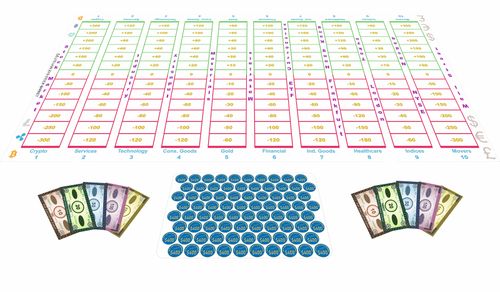
DescriptionStock Market– stock exchange board game - a business world strategy game - large, rollable gaming mat, easy to care The Idea… How to Play The Turn The Rate:For each turn two Players draw the number. The number is counted together on fingers of two Playersat once: The Player, whose turn in on and any other Player as agreed. The hand is hidden behind theback or under the table and when released, the amount 0-5 can be shown on fingers (as pictured). Thegross number on both Players’ hands valued 1-10 is the number of the share to move. It can go up or down. The violet indicator is moved one step up to down to show the quote of the particular share.The position of the palm is important: if both Players’ palm is facing down, the rate decreases, otherwisethe rate increases. If both Players shows zero, the rate of each share 1-10 decreases one level. If bothPlayers show same even number, the vector of each even number share (2,4,6,8,10) is moved one step.If both Players show same odd number, the vector of each odd number share (1,3,5,7,9) is moved onestep.ATTENTION: Step and Level enjoy different relevancy. Step is one space on the rate indicator vector,when Level is a grade on the vertical vector. Changing the Rates with Dice:The Player of the upcoming turn throws one of dice first. Numbers 3, 4, 5 and 6 increase the Rate by onestep. Numbers 1 and 2 decrease the Rate by one step. Then the Players throw two dice. The grossnumber is the number of the Share, which goes up or down. The violet Rate Indicator is moved one stepforward or back. If dice return gross number 12, all the Shares 2-11 decrease one level. If both dicereturn with same even number, the vector of each even number Share (2,4,6,8,10) is moved one step. .If both dice return with same odd number, the vector of each odd number Share (1,3,5,7,9) is movedone step.ATTENTION: Step and Level enjoy different relevancy. Step is one space on the rate indicator vector,when Level is a grade on the vertical vector. When played with dice,Shares are marked with numbers 2-11, so Share #1 equals with number11 on dice. Dice gross number 12 is equal to zero on fingers. Otherwisethe instructions are same. Quotation changes:Quotation changes after each Trade (buy/sell) event except the firstinvestment round. As the Asset is invested, the Quotation Indicator ismoved a step forward. As the Asset is released (the Shares are sold out),the quotation indicator moves a step back. The changes take place afterthe trade event is completed. The quotation always moves one stepdespite the value of the trade event. The Quotation Indicator moves asillustrated considering steps 1-7. The horizontal step does not changethe rate. When moving downwards, the Indicator moves same, but inthe opposite direction. When Rate Level changes, the Indicator goes over green or red line. Exchange:As Exchange Rate changes, the Player completes the Trade. Each Turn allows to make multiple Trades(Buy/Sell Events). The Player invests one or more Units into the chosen Enterprise. One non-recurringinvestment nominal value is $400. The Investment token is placed to the same space with the Rate Indicator.Investment Sales Rate? ProfitIf the Investment Token is in e.g. in space “0” (zero) and Rate Indicator is in space “+40”, the Investmentis evaluated $400+$40. So, the Investor gets $40 profit. NOTE: When selling shares out, the investedsum is not refunded to the Bank but stays in the possession of the Investor (the Player). The Investorgets interest from the Bank $40 for each invested unit. (?)? Lost Rate Development Trades Between Investors The Winner —description from the publisher Game DiscussionsAdd CommentYou need to be logged in to comment. Insert Bullet List Please enter at least one item. Item: Item: Item: Item: Item: Insert Numeric List Please enter at least one item. Item: Item: Item: Item: Item: Insert Link Please enter the link of the website Optionally you can add display text Insert Email Please enter the email address Optionally add any display text Insert Image Please enter the link of the image Insert YouTube Video Please enter the link of the video MarketplaceNo listings at the moment. Do you own this game? Click here to list it for sale.
|
Best Sellers
Board Games
|
||||
Latest Searches: the magic magic magic game | Monopoly+the+last+siebenden | Michael myers | longhornopoly | Stoke-on-trent | Safari+rummy | Beyblade+Metal+Fury+Hyper+Strike+Battle+Set | Lost++kitties | shogun | solitaire+wargame | The book of lists | Smash up penguins | Dvg | olivia | moss bluff monopoly | Jonesboro | Joudo+-+Sugoroku | feeling+boardgames | keazy bee rummy | remix | Latin scrabblr | Wildwood-o+poly | Risk | At Charles monopoly | Treasure trove | Redneck+manopoly | Push-it | Granada | darkest+night+expasion | Chong
All Rights Reserved

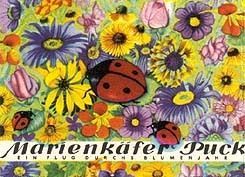
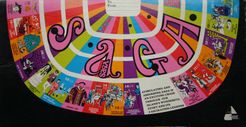
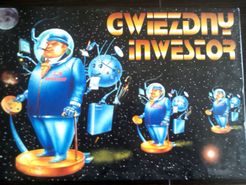

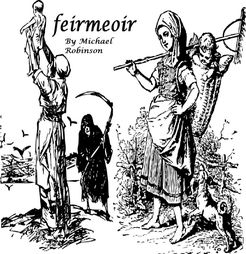
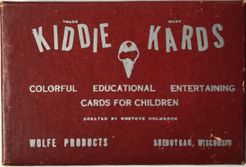


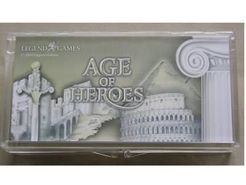

Comments (0)